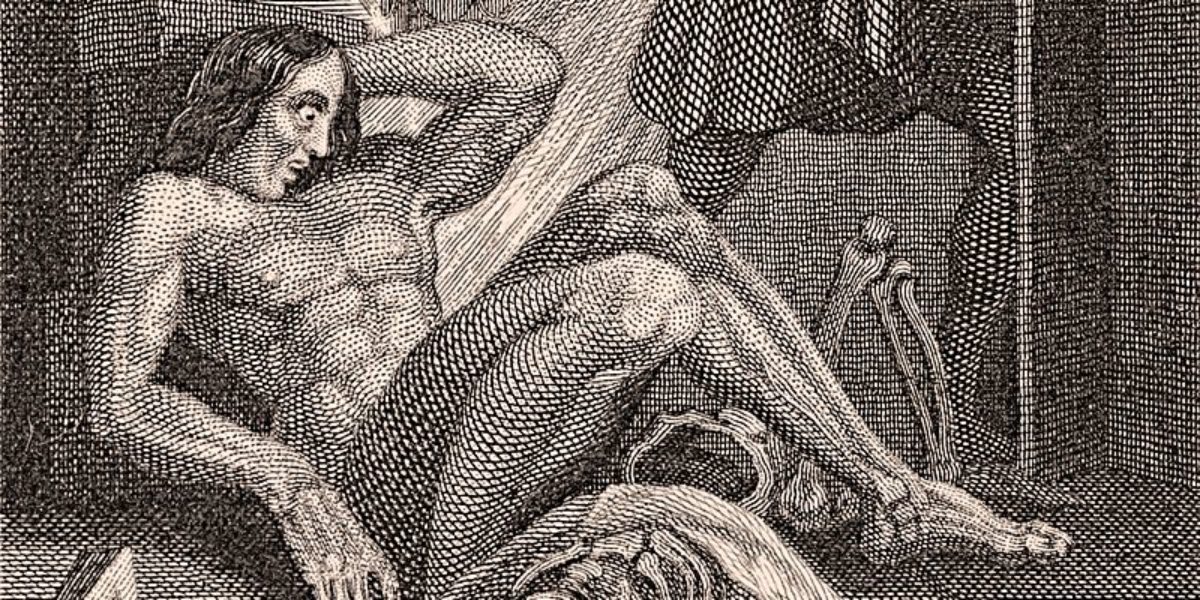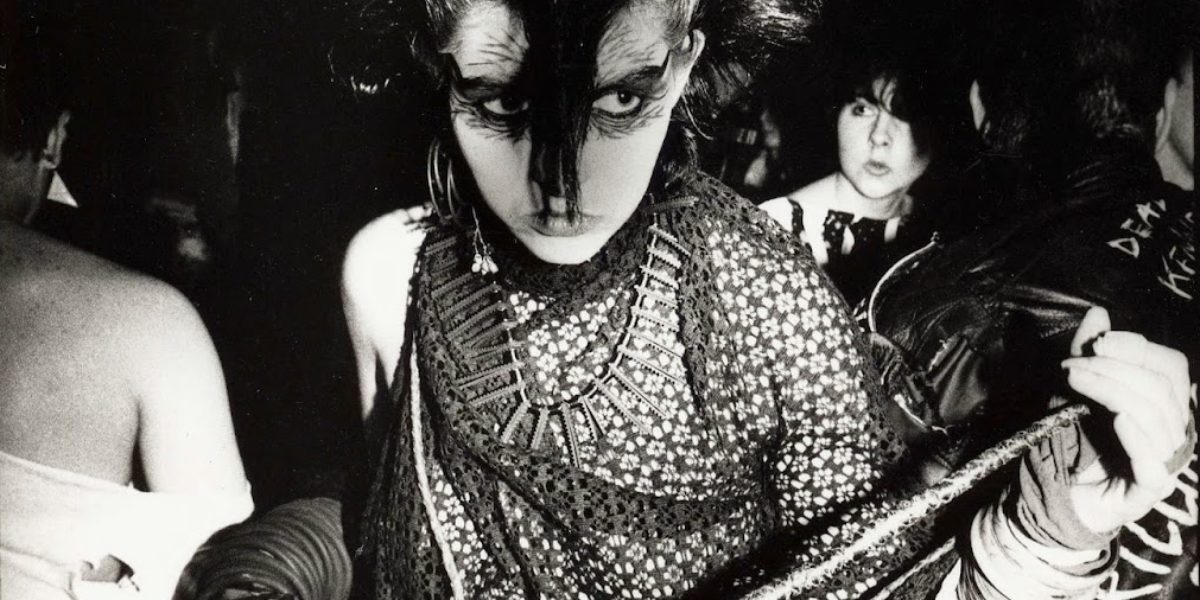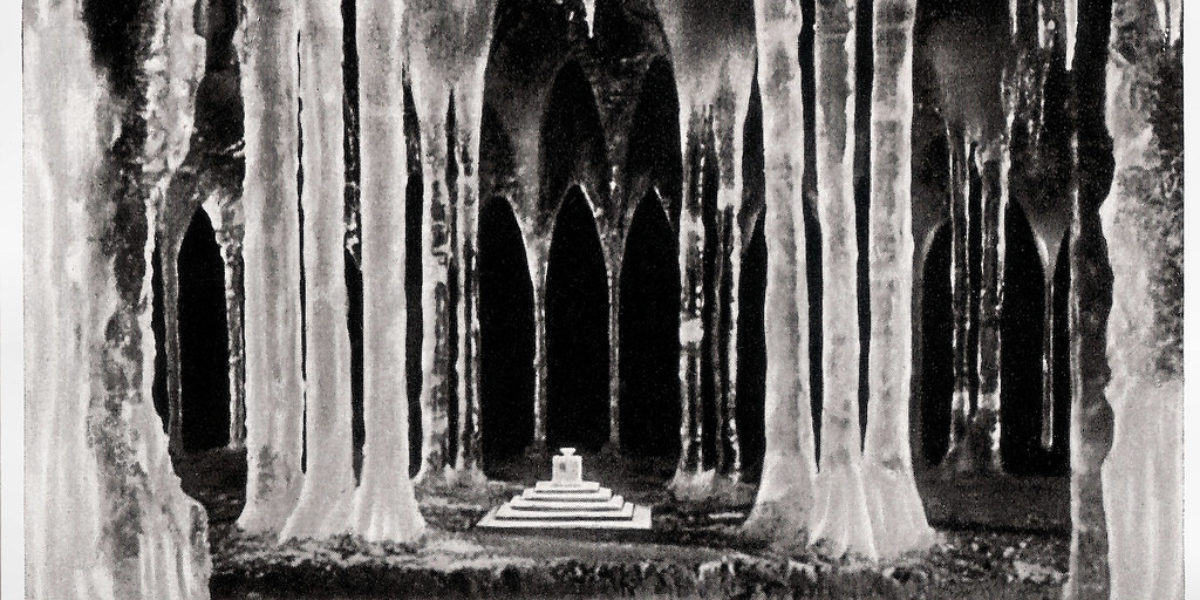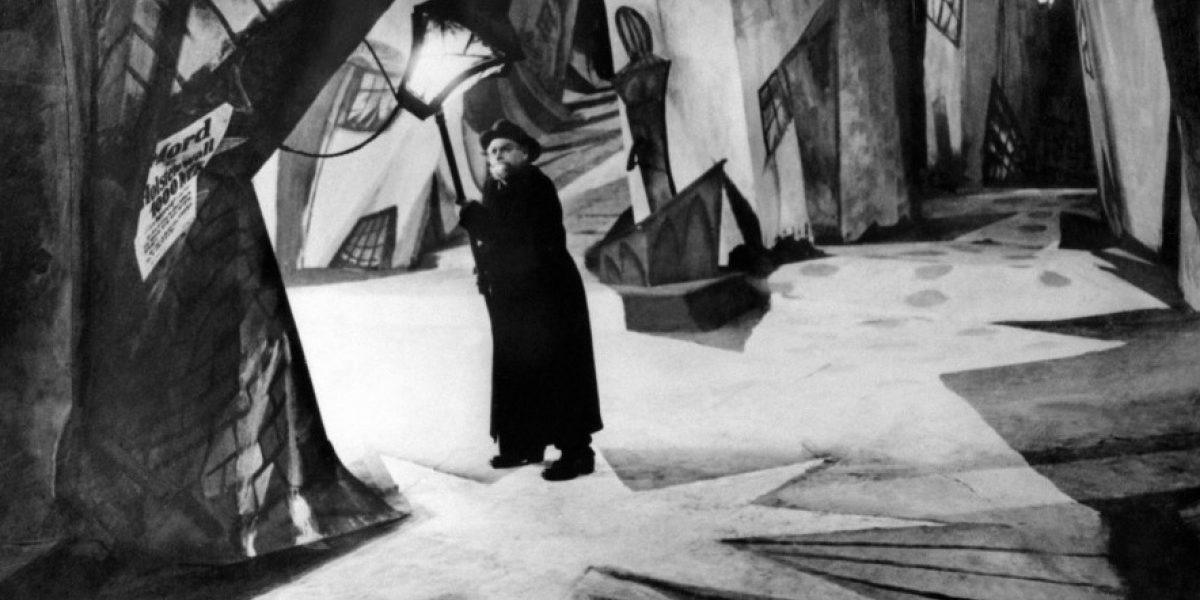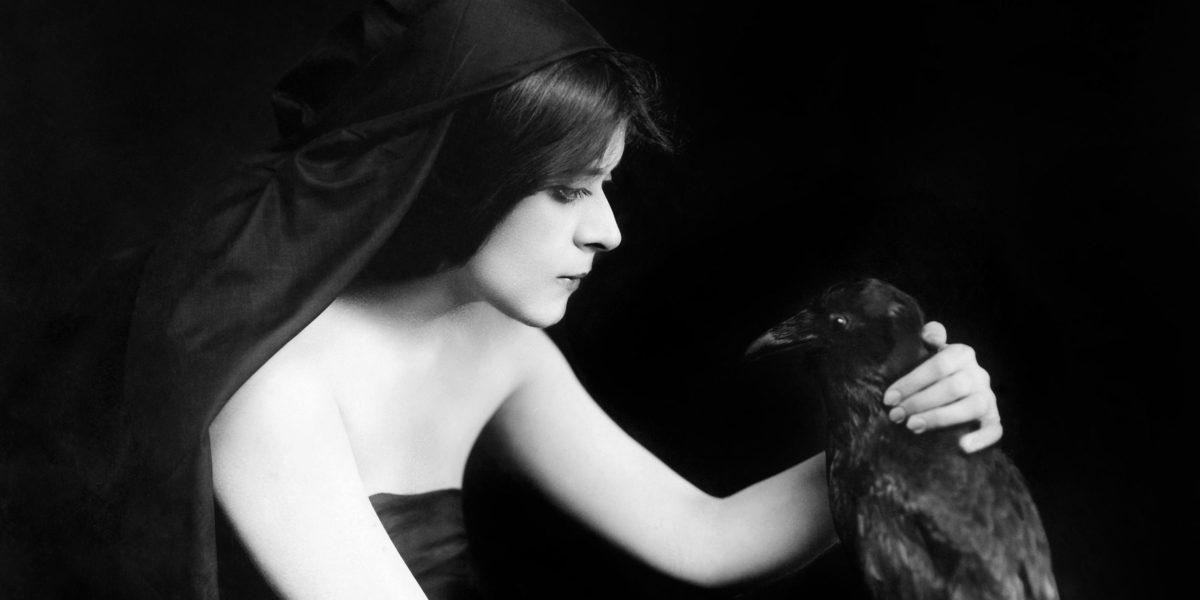The Goth tradition is rooted in the Gothic novel and in the modern fascination for an elusive medieval past seen as the diametric opposite of the modern era, whether in a good or a bad way. As a modern phenomenon, Goth continually adapts to new developments in society. New technologies help to visualize the dark sense of life in constantly changing ways, although it is frequently the shortcomings of such technology – scratches on the film or fading of the photograph – that give a ‘Gothic feel’ to an image.
“[Film] is not life but its shadow. It is not motion but its soundless spectre.” — Maxim Gorki, after viewing a film by the Lumière brothers, 1896
The fascination for technology reflects the close relationship between Goth and the media. Goth imagery draws firmly on the idea of ‘haunting’ – the sense that we are pursued by a mysterious and terrifying past. Because of this, Gothic literature often uses the device of the found document: an invented story is presented, for instance, as an old diary chanced upon in a forbidden attic. Developments in the media are constantly giving rise to fresh forms of this technique. Horror movies are presented through ‘found’ video tapes, while horror stories on the internet can consist of supposedly archived blog posts.
“Television knows no night. It is perpetual day. TV embodies our fear of the dark, of night, of the other side of things.” — Jean Baudrillard, Cool Memories, 1980-1985
The sense of patchy or outdated technology can strongly intensify such effects. Images that in their own time were entirely neutral can take on an immediately recognizable Gothic aura as they age. The opposite can be true as well: deliberate use of grainy or blurred film can bestow a decidedly ominous atmosphere on the modern world too.
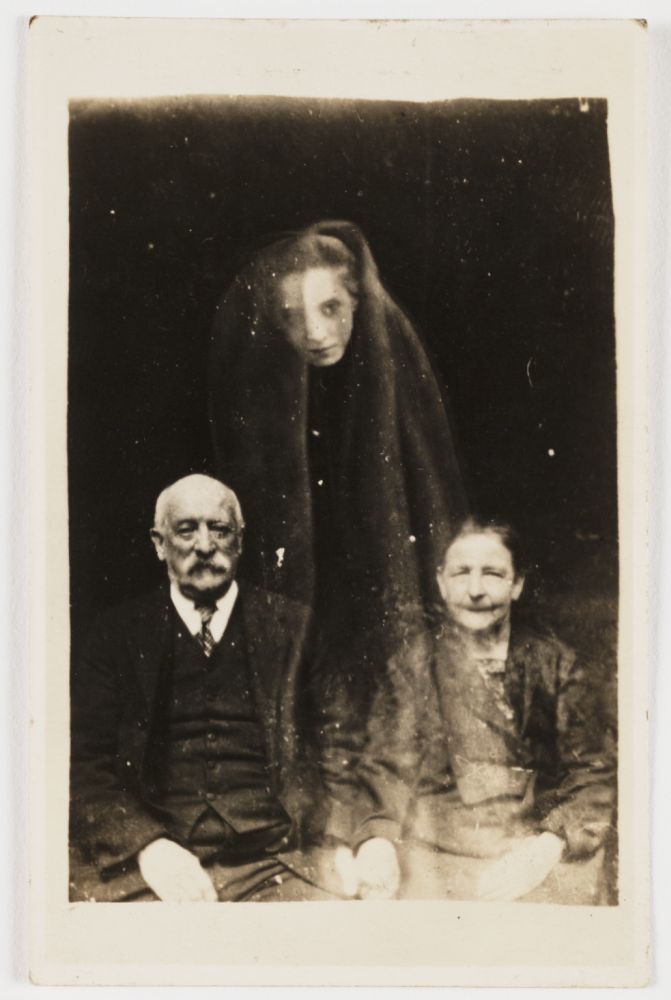
William Hope, Echtpaar met de geest van een jonge vrouw, circa 1920. Een zogenaamde Spirit Photograph of geestfoto. Ⓒ National Science and Media Museum, Londen
